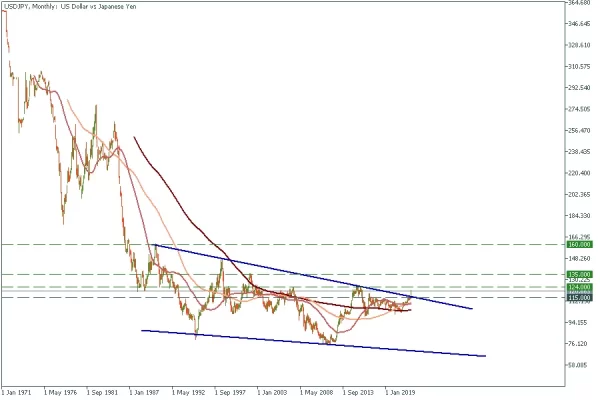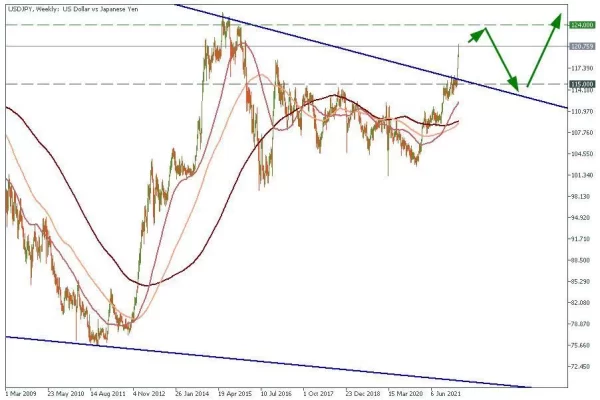What happened?
Historically investors treated the Japanese Yen as a safe haven in times of world crisis. However, three weeks since Russia invaded Ukraine, the JPY has plunged to a five-year low against the US dollar.
Why is the yen falling?
Falling interest rates and high commodities prices are the main characteristics that usually push the Yen up against other currencies in times of global market upheaval. Yen’s safety was caused by the Japanese current account surplus.
Unfortunately for the yen, these factors work in reverse as well. Nowadays, global interest rates are increasing, energy and commodities prices are skyrocketing, and Japan’s current account surplus is melting.
Crude oil, which is trading around $115, meets most of Japan’s primary energy needs. Japan is also one of the world’s biggest importers of liquefied natural gas, which accounts for around a quarter of its energy balance. These factors mark a sharp deterioration in the country’s terms of trade, and the yen-boosting current account surplus that Japan has run for decades may soon become a deficit.
If we consider that the Federal Reserve might increase the key rate by 50 basis points in May, plus another 25 points at each of the next five meetings in 2022, then we can conclude that USDJPY has more space to run higher. Moreover, energy prices may remain high for a long time, pressing the yen even more.
Technical analysis
USDJPY, monthly chart
The monthly chart confirms our suggestions. As we can notice, the price has formed a global bullish wedge. Moreover, the breakout has already happened. That’s why there is no doubt USDJPY is now absolutely bullish in the long term.
USDJPY, Weekly chart
Looking at the lower timeframe, we can suggest that USDJPY might reverse at 124 and return to 115 for a global wedge’s retest.
As a result, there are three trading options:
- Follow the trend and buy with the target at 124.
- Sell the pair at 124.
- Open a buy trade at the wedge’s retest.













